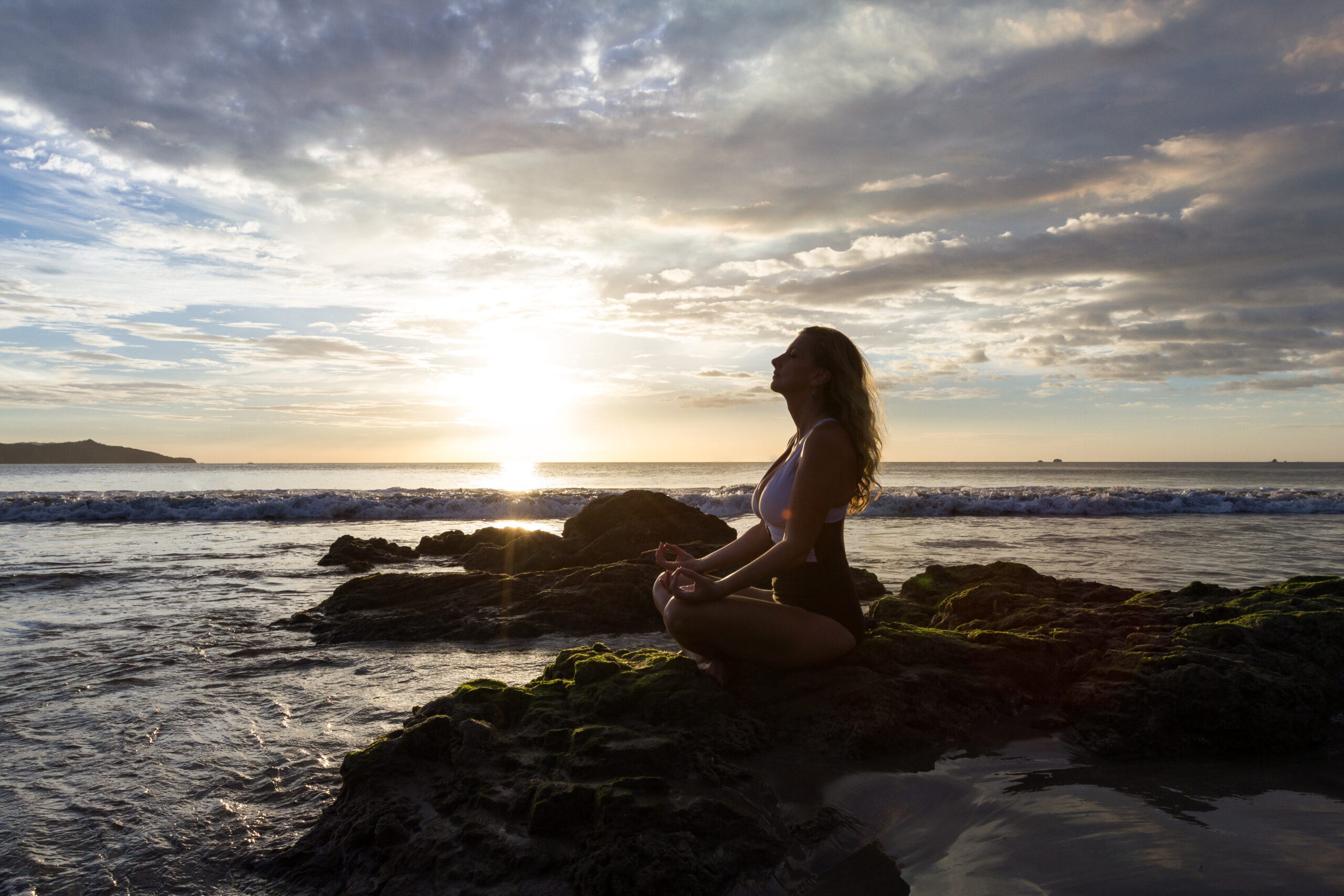Since the age of 15, I’ve been blessed to walk the path of deep spiritual exploration—guided not by dogma or tradition alone, but by direct experience. And at the heart of it all, more than any book, teacher, or philosophy, has been meditation.
But not just any meditation.
I’m talking about transcendental techniques, methods that take us beyond thoughts, beyond the noise of the mind, beyond even the self we think we are. This isn’t about managing stress or thinking positively. This is about transcending. About tapping into the infinite field of consciousness that lies within each of us. And when we access that, something incredible happens: peace, clarity, joy, and insight begin to flood into our daily lives, seemingly without effort.
In this blog, I want to share the essence of what I’ve learned through years of teaching and practicing transcendental meditation. Whether you’re just beginning your journey or deep in your practice, may these words point you inward where the real answers always live.
The Illusion of the Overactive Mind
Most of us spend our entire lives stuck in our minds. Thoughts, worries, plans, memories—it’s a constant loop. Even when we sit down to relax or meditate, the mind continues its chatter, spinning stories that keep us anchored in time and separation.
But here’s the truth I’ve seen again and again: you are not your thoughts. You are not your emotions. You are not the running commentary in your head. Beneath all of that lies something far more real—your essence, your pure consciousness.
Transcendental techniques are designed to take you beyond the mind. Rather than fighting with thoughts or trying to silence them (which almost never works), these methods allow you to sink beneath them—like a diver moving past the surface waves to reach the calm, still ocean below.
What “Transcendental” Really Means
The word “transcendental” is often misunderstood. It doesn’t mean mystical or unreachable. It simply means going beyond. Beyond the body. Beyond the mind. Beyond ego. It’s about accessing the field of unbounded awareness—what some call Source, Spirit, or Pure Being.
In that state, everything shifts.
You stop identifying with problems and start witnessing solutions. You feel connected to something greater than yourself—something timeless and wise. You begin to operate from a deeper place, where decisions flow easily, relationships soften, and your actions carry more harmony and impact.
The Science of Stillness
While much of what I share is based on personal and spiritual experience, it’s worth mentioning that science is beginning to catch up. Studies have shown that deep meditation lowers cortisol (the stress hormone), balances the nervous system, increases brain coherence, and improves overall well-being.
But the greatest benefit, in my experience, is not measurable—it’s bliss.
I don’t use that word lightly. I’ve seen people dissolve years of fear, confusion, and pain—not through struggle or therapy alone, but by learning how to rest in the stillness of their true self. That’s where bliss lives. Not in achievements or possessions, but in presence.
Meditation as a Tool for Life Mastery
One of the myths about meditation is that it’s an escape from the world. On the contrary, when you transcend regularly, you become more engaged, more effective, and more loving in your day-to-day life.
Why? Because you’re not operating from a depleted state. You’re not reacting from fear or anxiety. Instead, you’re responding from inner fullness.
I’ve watched CEOs become more compassionate leaders, parents become more patient, and artists unlock new levels of creativity—all through consistent transcendental practice. It doesn’t matter what your walk of life is; when your inner world is in harmony, your outer world reflects that.
My Journey with Transcendental Meditation
When I first began meditating as a young seeker, I was fascinated by the promise of higher states of consciousness. Over time, I explored many paths—Eastern philosophies, yogic practices, spiritual texts—but it wasn’t until I experienced a true transcendental technique that everything clicked.
It wasn’t dramatic. It was subtle. A quiet slipping away of effort. A deepening. A feeling of coming home to something I had always known, but forgotten.
That was decades ago. Since then, I’ve had the honor of teaching thousands of people how to access that same experience. And every time I witness someone touch that depth for the first time, I’m reminded: we are all divine beings, merely remembering our truth.
How to Begin (or Deepen) Your Practice
You don’t need a special background, belief system, or spiritual name to experience transcendence. What you do need is a genuine desire for inner peace and the willingness to go beyond surface-level distractions.
If you’re new, start small:
- Find a quiet space.
- Sit comfortably (no need to twist into a pretzel).
- Breathe naturally.
- Use a simple mantra or sound to anchor your attention.
- When thoughts arise, let them float by. Don’t resist—just return gently to your focus.
If you already have a practice, consider going deeper. Find a trusted guide. One of the best network of guides in the world is the Transcendental Meditation organization, founded by His Holiness Maharishi Mahesh Yogi. They have teachers all of the world. Their website is https://www.tm.org. Learn an advanced technique. Create space in your schedule not just for meditation, but for integration—walking, journaling, or simply being still.
Returning to the Self
The world is noisy. Fast. Demanding. But there is a sanctuary within you that nothing can touch. It’s not found in achievement, approval, or accumulation—it’s found in stillness. In silence. In presence.
Meditation beyond the mind is not just a spiritual luxury. It is a necessity for those who wish to live with wisdom, compassion, and true freedom. Transcendental techniques are more than practices—they are portals back to your essence.
You already have everything you need. Your breath. Your awareness. Your being.
Close your eyes. Go within. And remember who you really are.
That is where peace lives. That is where bliss begins.
